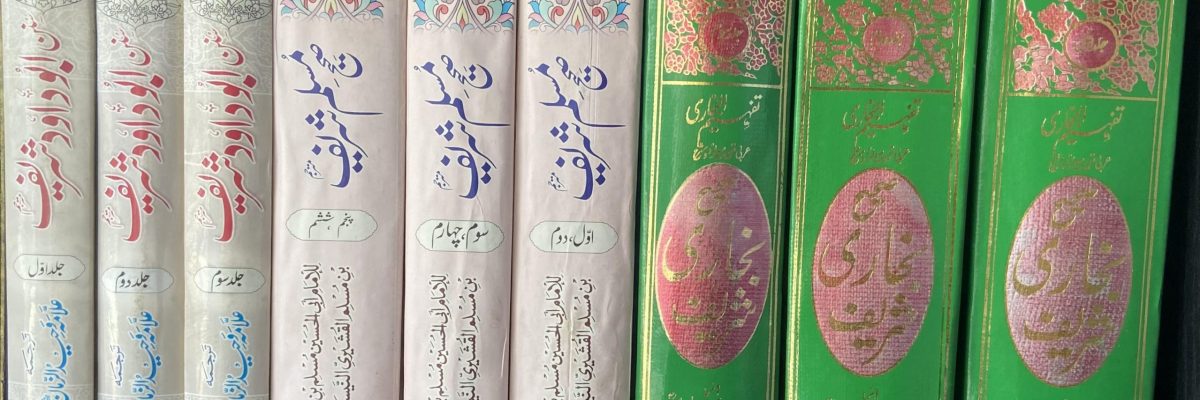Asssaalm-o-alaikum wr wb
I was asked my our elders in masjid to participate in masjid committee. They
have assigned me the responsibility to design ramadhan timetable. Our
current timetable is based (Copy)on Regends park masjid London. Regends park mentioned on their timetable for months of May, June, July, Aug the
calculation is based on appriximation. We are having issues in deciding the fajar start(Sehri finish time) for Ramadhan. I am from Reading, Berkshire (51°27?15?N 0°58?23?W) 200 ft above sea level appx.
Although our timetable is a copy of Regends park masjid but there is slight
change in copying. For example if for some date regends park Fajar start time is 3am and they do their jamat 3:10 am. Our timetable has dropped their fajar start time totally and taken their Jamat time as our fajr start time.
Question is, before 24-may and after 21July Shafaq-Abiyadh disappears and
subha-sadik actually happens if the calculation is done at 18 degrees.
1 -Could you please advise why do we have degree measurement instead of real
subha sadik visual verification mushahida throughout the year
2- What should be our sehri finish time
1-Aug-2011 (Dawn/Fajar start) at 2:34 am (18 degree)
1-Aug-2011 (Dawn/Fajar start) at 3:18 am (15 degree)
our time table says sehri close at 3:16 ( based on we have taken regends
park fajar jamat time as our start time)?
and in coming years when ramazan will start (span between 24-May to 21 July and normal days) e.g if Ramazan starts appx 11-july and we have some fasting days in which sun doesn’t even reach 18 degree and because of that we need to pick one out of four options
1- Akrab-ul-Ayam
2- Akram-al-bilad
3- nisf ul lail
4- Suba-al-lail
and then for the remainding fasting days of the same ramazan according to 18 degree. But if we stick to 15 degree then we will get subhu sadik time
through out the year. A day will come within that year’s ramadhan the one
sehri time which falls between between 24-May to 21 July will have a lot of
difference with the another day’s (which will be before 24-May or after 21
July)sehri finish time . What should we do in those days for Sehri close and
isha start time?
More serious issue at the moment is on
1-Aug-2011 (Dawn/Fajar start) at 2:34 am (18 degree)
1-Aug-2011 (Dawn/Fajar start) at 3:18 am (15 degree)
and isha start
1-Aug-2011 @ 18 degree 11:42pm
1-Aug-2011 @ 15 degree 11:00pm
but our isha start time is written as 10:13pm and Isha jamat (10:30pm)and
Taraweeh will finsih appx at 00:15 am
Some people say to follow 15 degree and other say to follow 18 degree.
1- People who advocates for 15 degree complains for very long fast and say
that we should have the minimum possible time to fast (smallest possible
fast)
2- Where as other says that we should facilitate people according to Sharia
but should not let it so relaxed that it then violates and nullify the fast.
By the looks of it, young people in the committee are willing to accept what
ever decision is made by a scholar experienced in this matter but old
members are saying that this timetable had been used for 3-35 years and
markaz also uses it. I contacted an alim in Dewzbury who told me not to
mention his name and said that markaz time table is not correct and this
needs further research.
In the name of Allah, the most Beneficent, the most Merciful.
Answer
Your question can be summarized into three main parts.
- Why are the timetables based on the degree measurement and not on the mushahadah (observation)
- Which degree should the Masjid act upon on the first day of Ramadhan, 15oc or 18oc?
- Which opinion should the Masjid follow in the coming years in Ramadhan?
The answer to the first question is that the 15oc or 18oc opinions we act on in the UK is based on the observation done by scholars in the 1980’s.
Regarding the second question, Mufti Muhammad Shafi (RA) as well as other Ulamaas and scholars from Pakistan and India are unanimous on the point that the time of Isha and Fajr begins when the sun is 18 degrees below the sun. This view has been confirmed by scientific and religious research. (Fatawa Uthmaani p.390 v.1 & Nawadirul Fiqh p.218 v.1)
Many Masajids over the world act upon the aforementioned fatwa of Mufti Mohammad Shafi (RA). However, In England the timetables in many of the Masajids are based on the observation carried out by Maulana Yakub Miftahi, who is part of the ‘Hizbul-Ulama’ group. This mushahadah was carried out from Sep 1987 to Aug 1988.
The Hizbul Ulama group seeing the difficulty and differences the other ulama’s were coming to decided to solve this problem by carrying out mushahadah i.e. observation by naked eyes to determine the correct times for Fajr and Esha prayers. Their observation was partly based to provide prayer times on what they observed. Their observations showed that the prayer times do no continue to stay on any particular degree but fluctuates between 12 to 16 degrees. (Fajr & Esha times in Britain p.5)
It is more preferable and an act of precaution to act upon the 18 degrees timetable for finishing the Sehri and to read the Fajr prayer upon the observation by Maulana Yakub Miftahi or on the 15 degrees timetable. However, if this is difficult, then one can solely act upon the 15 degrees timetable or on the observation by Maulana Yakub Miftahi.
Regarding the third question, it is more precautious that you act upon Nisful Lail, however, as mentioned above if this is difficult then you can act upon the observation by Maulana Yakub Miftahi.
Only Allah Knows Best
Mohammed Tosir Miah
Darul Ifta Birmingham.

